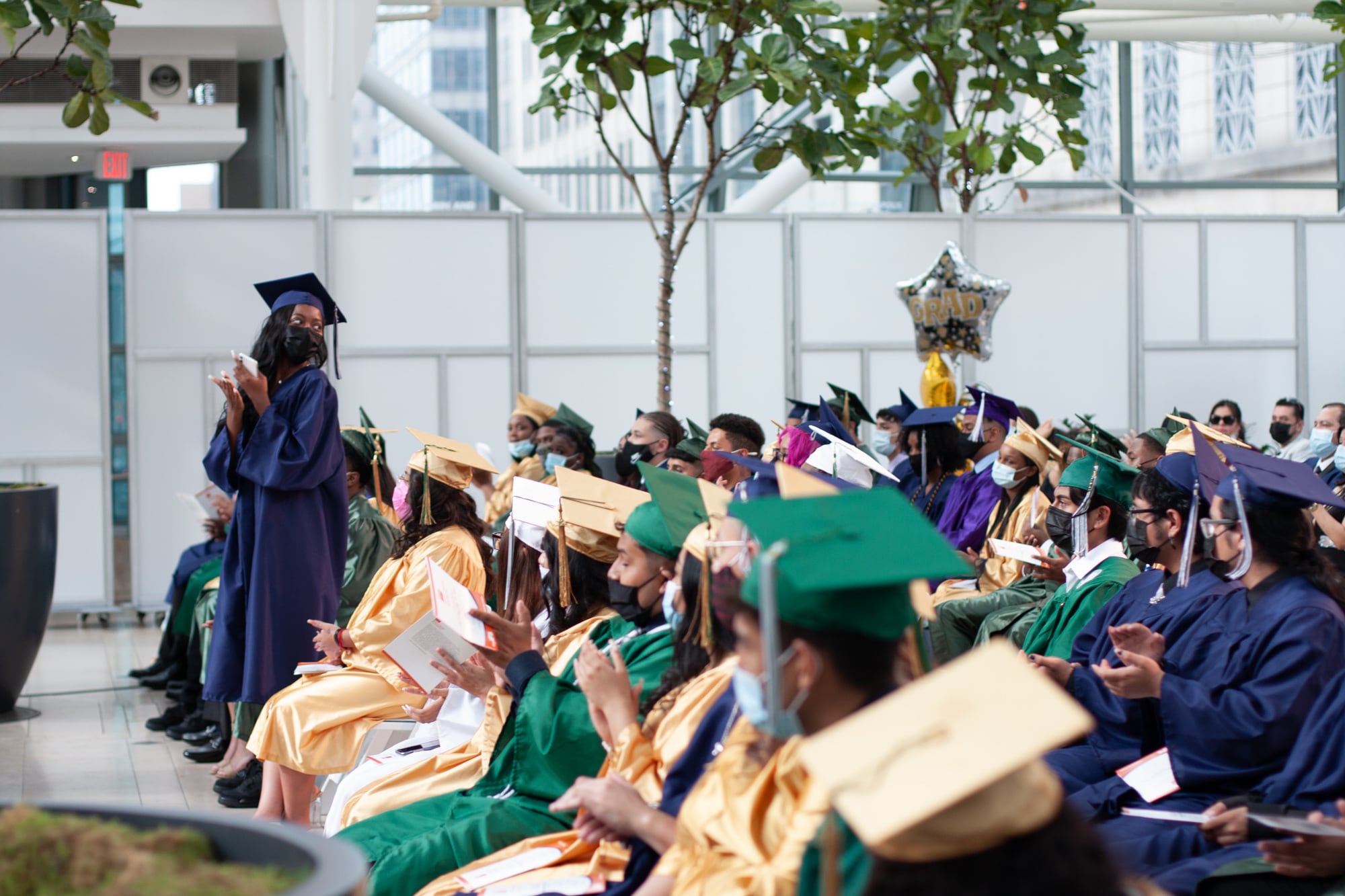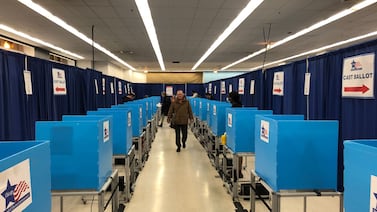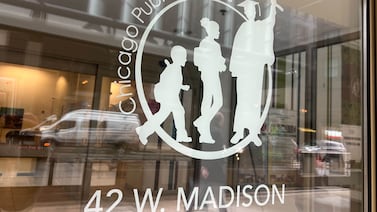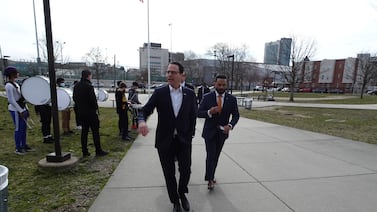Graduation rates for Indiana students dipped slightly to about 87% last year, according to state data released last week, falling most steeply among student groups with the lowest graduation rates.
Graduation rates fell 3 percentage points among Black students, 2.6 points among Hispanic students, and 6 points among Native American students. They also fell by 4 points among English learners and students from low-income families.
Indiana had about 67,500 graduates in the Class of 2021, which experienced COVID-related disruptions throughout senior year.
Those students represent 86.7% of their class, one point lower than that of the Class of 2020.
The 2021 rate includes some students who received a waiver from the state’s graduation exam. Students qualify for a waiver if they meet certain other requirements, like showing workforce readiness.
In 2020, the state granted a blanket waiver to seniors — thus complicating any comparison between the past two years’ high school classes.
A higher percentage of students passed the exam to graduate last year than did in 2019. In that year, which required a graduation exam, 87.3% graduated.
This year’s rates offer a look at the circumstances that students faced over a year of pandemic learning, said Jill Shedd, assistant dean for teacher education at the Indiana University College of Education.
While they can help gauge how the year went, they shouldn’t be taken as characteristic of the graduating class, she added, many of whom experienced challenges in accessing education.
“I am not convinced that they are an accurate measure of our seniors’ potential, what they’re able to know,” Shedd said. “The fact that so many did graduate, and were extremely resilient doing as well as they did, speaks a lot about their capabilities and who they are as persons, which are important elements that are never going to be captured on pencil and paper.”
Graduation rates for 2021 varied among schools and student groups. One prevalent pattern was a jump in rates from 2019 to 2020, followed by a drop in 2021.
Graduation rates for Indiana’s Black students dropped by nearly three percentage points to 77%, one point below its pre-pandemic rate of 78% in 2019.
Rates for American Indian students were also 77%.
For multiracial students, graduation rates were 82.5%, and for Hispanic students, 82.7%. Native Hawaiian or Pacific Islander students had a graduation rate of 86.3%. White students graduated at a rate of 89% and Asian students 93.7%.
Students classified as English language learners as well as those who receive subsidized meals graduated at a rate of 82.8%.
Students in special education had a graduation rate of 74.5%.
The charter school graduation rate — which includes charter high schools, charter schools for adults, alternative high schools, and online high schools — has risen 4 points each year since 2019. But at 48.2%, it remains behind the traditional public corporation graduation rate of 89%.
The percentage of students earning an honors diploma — a designation for students who have completed college or career readiness courses — has held steady for the last three years at around 40%.
Shedd said that while the return to in-person learning appears to have resolved some pandemic-related issues like a lack of internet access at home, it has made clear that others remain, and likely will have an impact on graduation rates going forward.
Some families have yet to recover from the economic impacts of the pandemic, and some students are struggling to adjust to physical classrooms, or have fallen behind academically.
While they’re likely to make progress through in-person learning, they may not grow doubly to account for the last year, she said.
“Our expectations were high – that getting students back will be better,” Shedd said. “It’s clear that face-to-face instruction is important for academics and social emotional learning, but there are still issues that are before us.”







